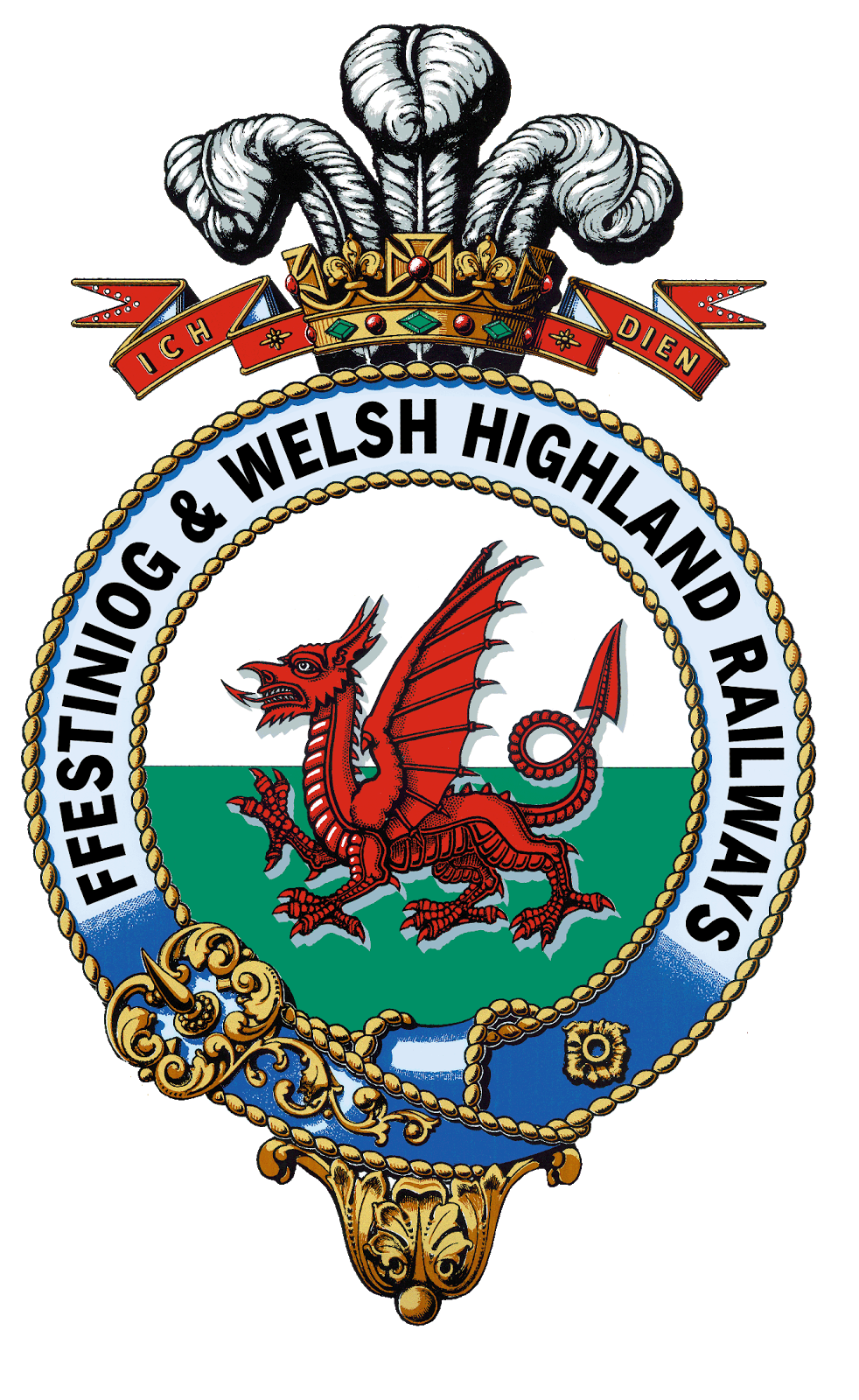The previous post was all about me building a Metcalfe loco shed kit for the 'test track' project in the modelling den.
This particular kit comes with an additional, smaller, building in a similar style which is billed as a workshop.
It occurred to me it was ripe for conversion into a wee shed for a narrow gauge loco on the 009 part of the layout - sorry - 'test track' (almost got caught out there...).
The first decision was which of the two end walls to cut into to form the shed opening.
As printed, the workshop comes with two doors, one and the side and the other in one of the ends.
I decided that for a shed a door at the side made more sense than an end-on one, so this was where I made the cut.
The other big consideration is how to maintain the building's strength?
As designed, this comes from a solid floor which the four walls are folded around and glued to, but that wasn't an option if I wanted to use it as a running shed.
So what I did was cut out most of the middle section of the floor and add strengthening right angle sections from some of the spare card in the kit which, I hope, will keep the walls straight.
As the first picture shows, it's just about the perfect size for a small NG tank engine - no Garratts in here!

























